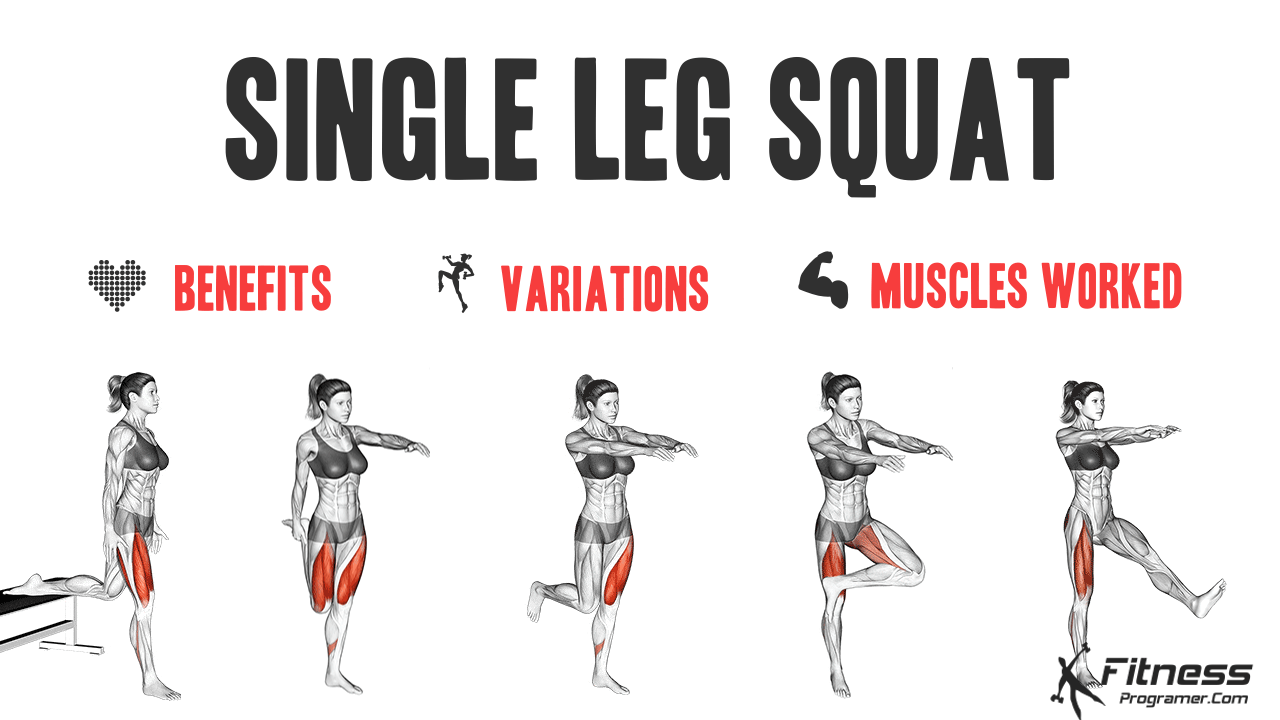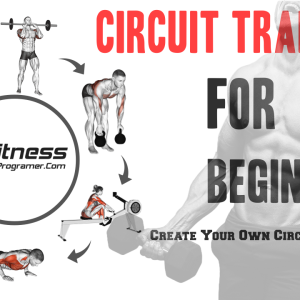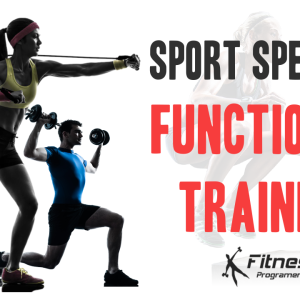Contents
The single leg squats, commonly known as the pistol squat or skater squat, is one of the advanced techniques in bodyweight training. Also, many unilateral exercises such as the Hawaiian squat, shrimp squat, and Bulgarian split squat have similar benefits and are basically considered variations of the single leg squat.
Could you imagine lifting your whole body with just one leg? If you’re looking for an edge in your athletic or sports endeavors, then you must be doing single leg squat and squat variations.
In order to build a big upper body, you need to have a strong base, your lower body. The foundation is everything. Imagine building a tall building that has no foundation.
That’s the idea with this great little exercise.
Benefits of Single Leg Squat
Overall, single leg squats play an important role in improving athletic performance by building strength, improving balance and stability, and challenging the nervous system. Incorporating single leg squats into a workout routine can help to improve lower body strength and athletic performance, making it a valuable exercise for athletes and non-athletes alike.
🎯 Kinesthetic awareness
It’ helps to strengthen your smaller joints, ligaments, tendons and stabilizer muscles. It also improves posture in your spinal column and hips as well as helps improve your balance, timing, coordination, kinesthetic awareness, flexibility and proprioception.
Kinesthetic awareness encompasses the body’s abilities to coordinate motion (such as pitching a baseball) and the body’s awareness of where it is in time and space. When you see a troupe of ballet dancers moving together it is largely kinesthetic awareness that allows them to move in harmony together instead of bumping into each other.
🎯 Unilateral:
This means you work one side of the body at a time. The benefit of unilateral exercises is the ability to develop both sides of the body equally. It helps isolate and correct muscle imbalances. This move works all of your legs equally and builds real athletic power, especially through your glutes, quads, and hamstrings.
Unilateral squats are performed with small loads or body weight, but produce similar-sized muscle activity in the hamstrings as standard squats. It also puts less strain on the calf, hip and abdominal muscles and spine. For this reason, some researchers suggest that using unilateral squats instead of bilateral squats may be beneficial in rehabilitation programs after low back pain and ACL rupture.
🎯 Balance, Stability and coordination:
Balance refers to the ability to stand upright or control body movement. Coordination refers to the ability to move two or more body parts under control, efficiently.
Single leg squats also challenge the nervous system, requiring balance, coordination and stability in addition to strength. This improved coordination and stability can have a positive impact on movements performed during athletic activities, making an individual faster, more agile, and more capable of quick changes in direction.
For example; When performing skater squats, the back leg is free, leaving the front leg to do all the stabilising. This helps to develop great stability and balance that will transfer to our sprinting and single leg jumping.
Muscles Working in Single Leg Squats
These exercises mainly focus on the quadriceps and gluteal muscles. The hamstrings, spinal muscles, abdominis, and other core muscles are involved in movement to aid balance, support, and stabilization.
● Target Muscle: Quadriceps
● Synergists: Gluteus Maximus, Adductor Magnus, Soleus
● Dynamic Stabilizers: Hamstrings, Gastrocnemius
● Stabilizers: Erector Spinae, Gluteus Medius, Gluteus Minimus, Quadratus Lumborum, Obliques, Tensor Fasciae Latae, liopsoas, Pectineus
● Antagonist Stabilizers: Rectus Abdominis, Obliques
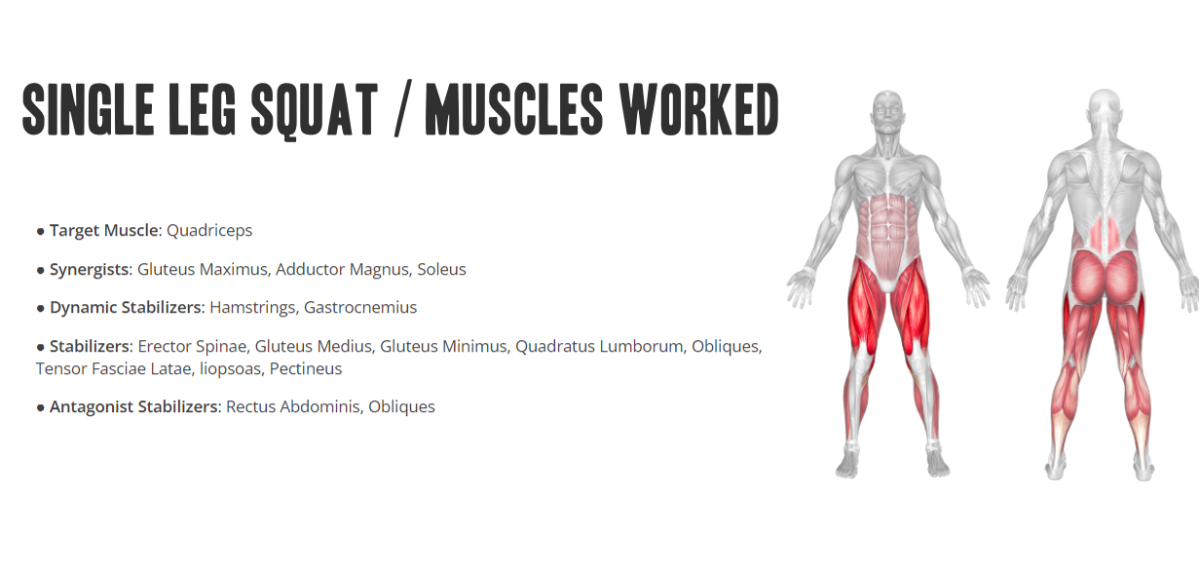
Let’s get down to the exercise itself so we can dive deeper into how to do it and why it works.
How to do Single Leg Squat (skater Squat)
This exercise is certainly a difficult exercise that some may not be able to do it on the first try. With some patience and dedication, you can start with the beginner method and work your way up until you can make a full one legged squat. It does require balance and will help improve your balance the longer you stick with it.
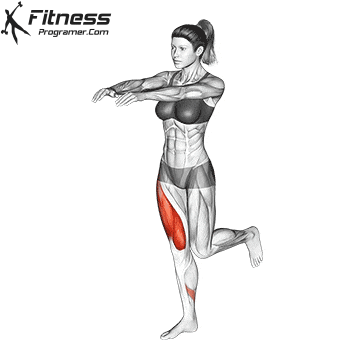
- Balance on one leg, hands in front, and bend your raised leg back at the knee.
- Drop as low as you can using proper form. Make sure your back is in straight alignment and you don’t roll your spine or your shoulders down like having a hunchback (kyphosis).
- Make sure to not have your rear foot touch the ground.
- If you can get halfway down, come back up by pushing and powering through your ankles like you’re punching a hole in the floor.
Tips
On the ascension it’s all about raw explosive power.
If you’re stronger and more capable or flexible in your hip flexors, you should be able to go all the way down until your calf muscles touch your thighs. When you push back up, you’re really concentrating on your glutes, hamstrings and quadriceps.
The idea here is to listen to your body’s limitations and do what you can do. Your body will tell you what’s possible.
Obviously try to push yourself as hard as you can go but don’t injure yourself either.
5 Variations of the Single Leg Squat
The Bulgarian split squat, skater squat, Hawaiian squat, and pistol squat are essentially single-legged squat moves. In general, although they all work large muscle groups, there may be differences in smaller muscle groups compared to foot position specifically.
1- Bodyweight Bulgarian Split Squat
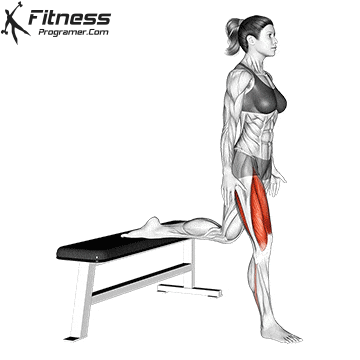
The Bulgarian split squat gives you similar benefits when compared to Hawaiian and pistol squat, but with a shorter learning curve and greatly reduced risk of injury. As you progress, you can do the split squats without assistance and do it with your bodyweight. As you progress, you can start holding on to dumbbells and maybe a barbell.
2- Supported Pistol Squat
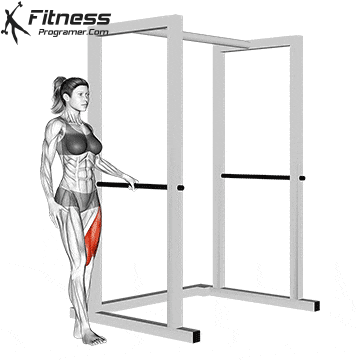
A supported pistol squat is a variation of the pistol squat exercise where the lifter uses an external support, such as a wall, a chair, or a bar, to assist with balance during the movement. This variation is often used as a regression or modification for those who are unable to perform a full pistol squat on their own, or as a way to build up strength and stability before attempting an unassisted pistol squat.
The supported pistol squat is a great exercise for improving lower body strength and balance, and can be used as a stepping stone to progress towards a full unassisted pistol squat.
3- Shrimp Squat
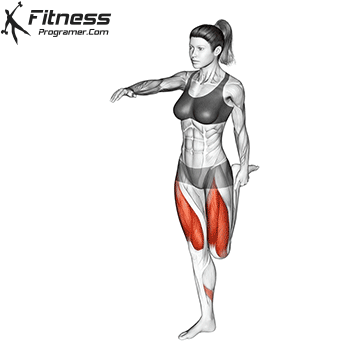
The shrimp squat is a functional fitness exercise that combines elements of a squat and a lunge, designed to target the muscles in the lower body and improve overall strength, stability, and mobility.
4- Hawaiian Squat
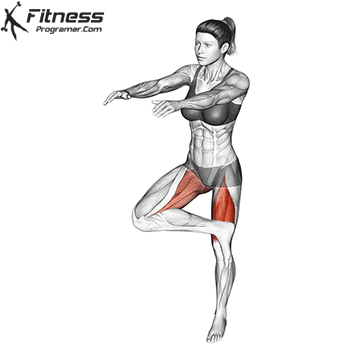
Hawaiian squats are often used as a unilateral strenght exercise to prepare the muscles for more intense physical activity, as well as to improve overall lower body flexibility, mobility, and stability. It is important to start with the Hawaiian squat and gradually progress to pistol squats, as well as to focus on proper form and technique to avoid injury.
5- Pistol Squat
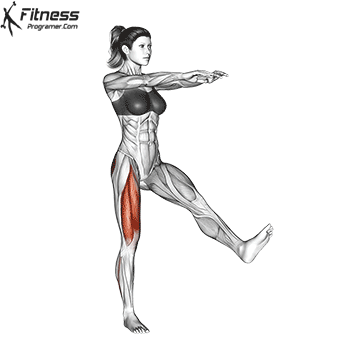
Pistol squat, on the other hand, is a more advanced version of the single leg squat, where the individual balances on one leg and lowers the other leg straight down towards the ground, without touching it. This exercise requires a higher level of balance, stability, and coordination and is typically performed with no additional weight.
The Bottom Line
Single leg squats play an important role in improving athletic performance. These exercises target the muscles in the lower body, including the glutes, quadriceps, hamstrings, and calf muscles, improving strength and stability. Stronger lower body muscles can improve running speed, jumping ability, and overall power and explosiveness.
In addition to building strength, single leg squats also improve balance and stability. Many sports and athletic activities require the ability to maintain balance and stability on one leg, such as in running, jumping, and cutting movements. Incorporating single leg squats into a workout routine can help to improve balance and stability, reducing the risk of injury and improving overall performance.

